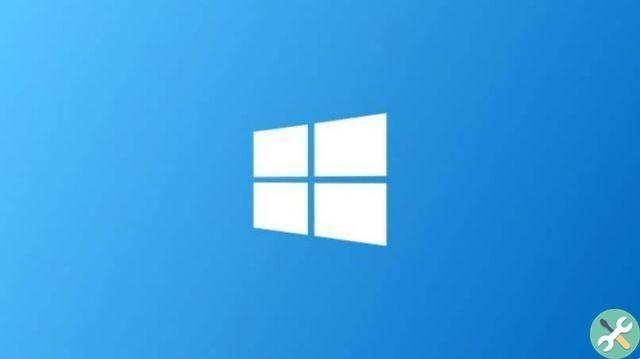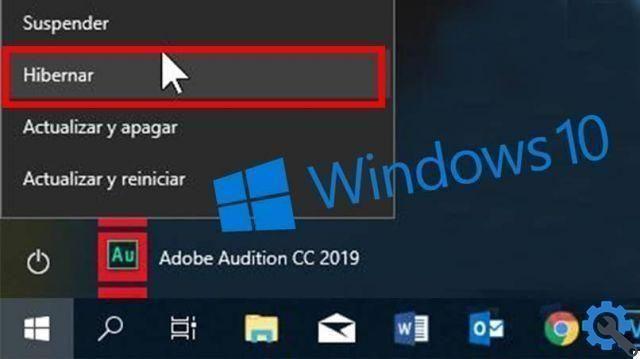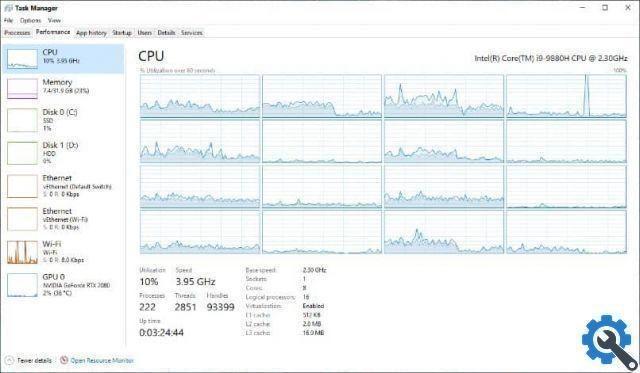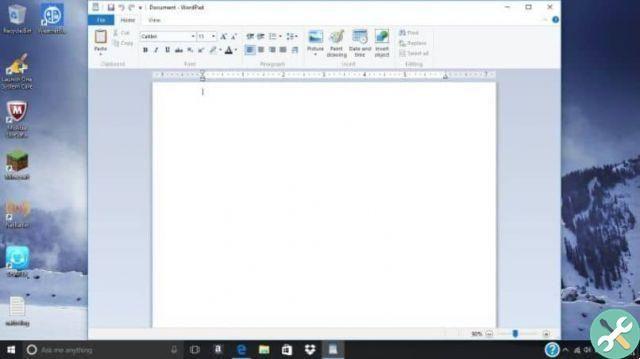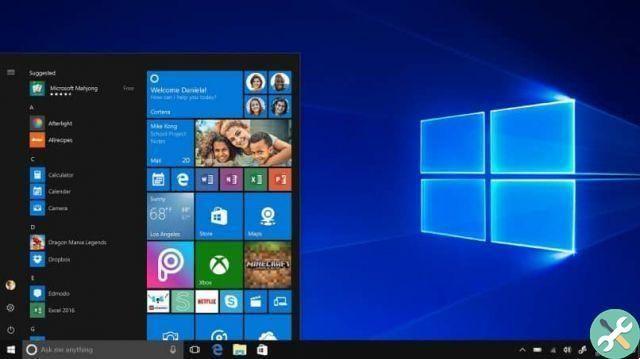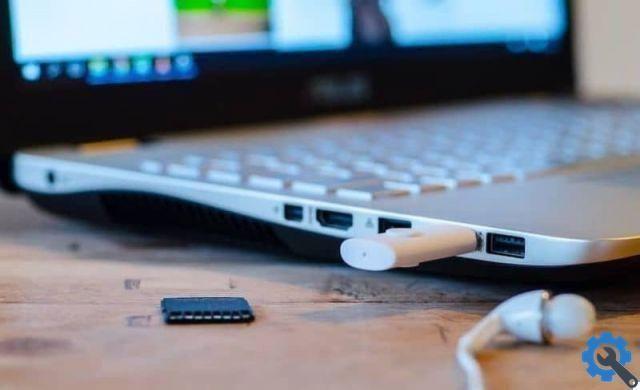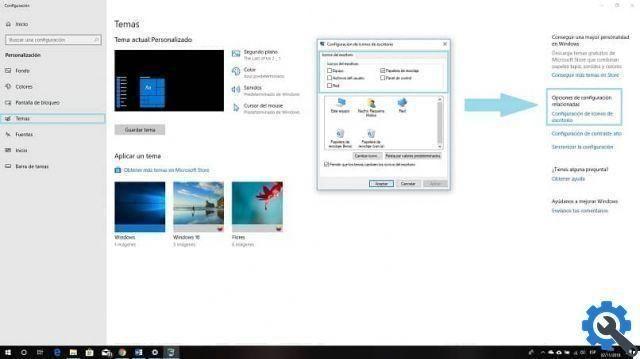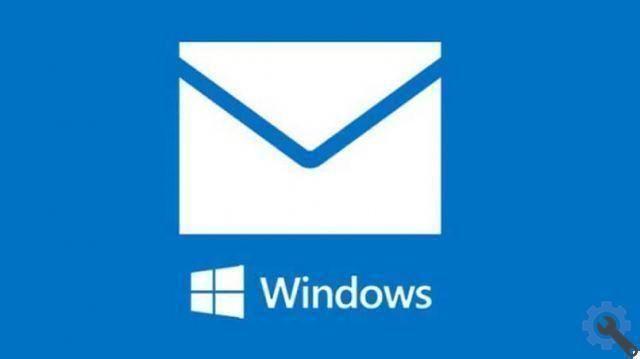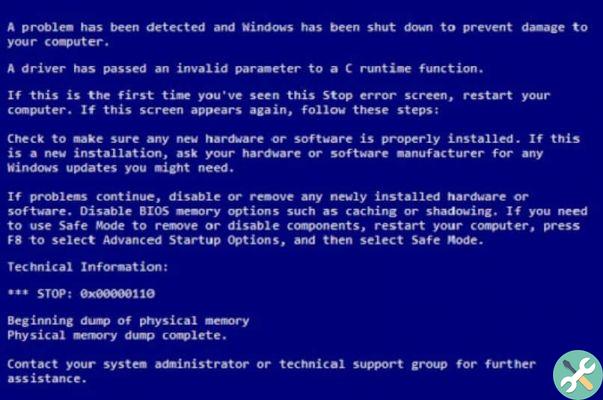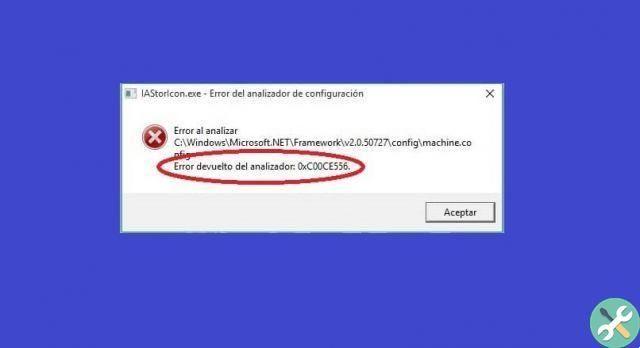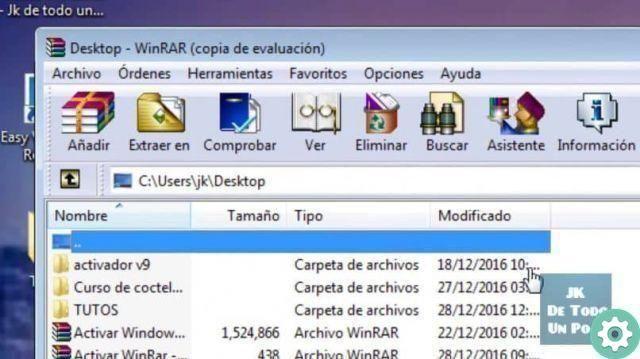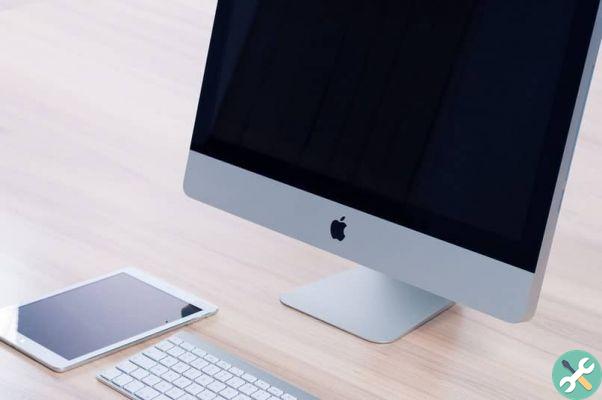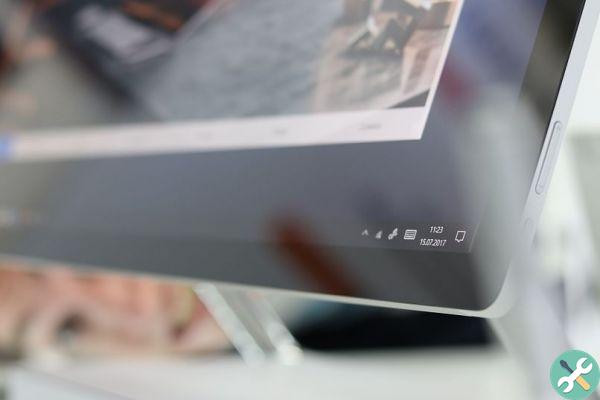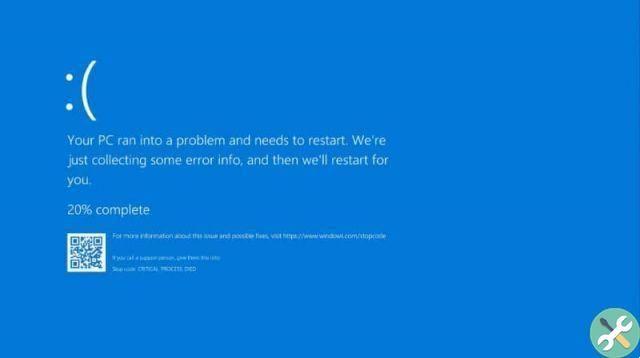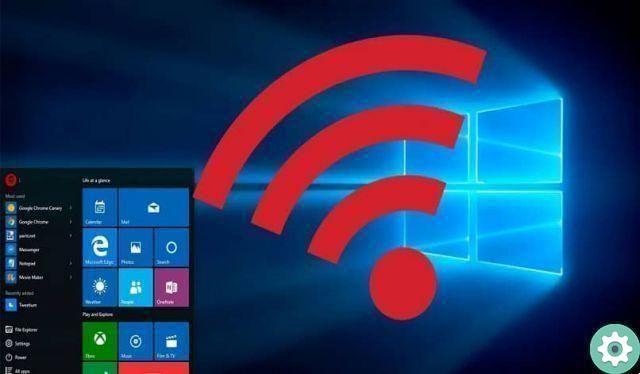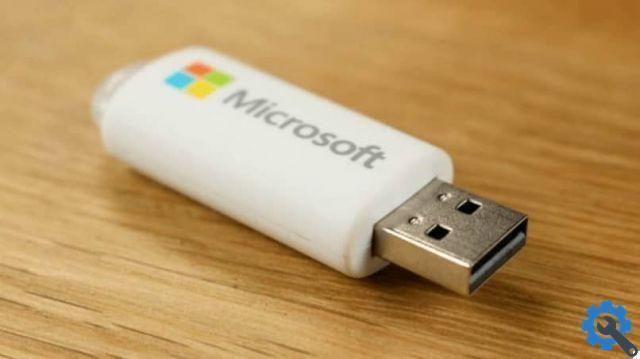Provides the ability to read and write files and make other service requests to network devices.
Typically, you'll use SMB to connect to non-Windows devices, such as a file-sharing router, network-attached storage (NAS), or other computers running a version of Linux.
SMB1 and SMB2 protocol
Although they have previously released three major versions of the protocol, there is a high probability that there are still devices running the original version.
For example, SMB version 1 (v1), which can be insecure as well as old, and Windows 10 version are not more installed by default after the updates made in the autumn and April of the year 2018.
However, if you have a network device that you can no longer access due to this problem, can however temporarily enable the protocol to retrieve files.
In this Windows 10 guide, we will walk you through the steps to enable and disable the SMB1 and SMB2 protocol to regain access to files stored on the network.
SMB1 and SMB2 protocol in Windows 10" src="/images/posts/e9d4e2ea64b09be21be1a34cbede2f5c-0.jpg">
How to temporarily enable the SMBv1 protocol in Windows 10
If you don't have direct access to the device running the SMB service, you can temporarily enable the SMBv1 protocol for recover your files by following these steps:
- Open the Control Panel.
- Click on Programs.
- Click the Turn Windows features on or off link.
- Expand the option for SMB 1.0 / CIFS File Sharing Support.
- Select the SMB 1.0 / CIFS Client option.
- Click the OK button.
- Click the Restart Now button.
After completing these steps, you will be able to see and reconnect to network devices running the old protocol on your local network from your Windows 10 computer.
Of course, you should only use these steps as temporary solution to regain the access to your files stored on the network.
Ideally, if you keep your data on a drive connected to a router with NAS or file sharing capabilities.
It is best to contact the manufacturer of the device for specific instructions for updating the device to a version compatible with SMBv2.02 or later.
If the manufacturer is unable to provide an update, you should consider purchasing a network device that includes support for the more secure version of the network protocol.
After migrating your data from the network or updating the software that supports the more secure version of the protocol, it is recommended that you disable SMBv1 on your computer.
Metodi con PowerShell
Using the PowerShell program, you can enable and disable the SMB1 and SMB2 protocol in Windows 10. Sometimes, various users choose to replace the cmd command prompt with PowerShell in Windows.
SMB1 and SMB2 protocol in Windows 10" src="/images/posts/e9d4e2ea64b09be21be1a34cbede2f5c-1.jpg">
If your computer has the Windows Server 2012 R2 and 2016 service, you must use these parameters that we will indicate below to disable or enable SMB v1.
- To deactivate:
Disabilita-WindowsOptionalFeature -Online -FeatureName smb1protocol
- To enable:
Enable-WindowsOptionalFeature -Online -FeatureName smb1protocol
To perform the same procedure for activating and deactivating the protocol but in the version of SMB v2 / v3 these parameters are used again:
- To deactivate:
Set-SmbServerConfiguration -EnableSMB2Protocol $ false
- To enable:
Set-SmbServerConfiguration -EnableSMB2Protocol $ true
Sistema server
You can also enable and disable the SMB1 and SMB2 protocol in Windows 10 with the sistema server.
If you are using Windows Server 2012 R2 and Windows Server 2016 servers, you need to use the following parameters for SMB v1.
- To deactivate:
Disabilita-WindowsOptionalFeature -Online -FeatureName SMB1Protocol
- To enable:
Enable-WindowsOptionalFeature -Online -FeatureName SMB1Protocol
Performing the same procedure but with the SMB v2 / v3 protocol, it is necessary to use these parameters:
- To deactivate:
Set-SmbServerConfiguration -EnableSMB2Protocol $ false
- To enable:
Set-SmbServerConfiguration -EnableSMB2Protocol $ true
You will copy and paste all these parameters in the PowerShell program, which will allow you to enable and disable the SMB1 AND SMB2 protocol in Windows 10.




